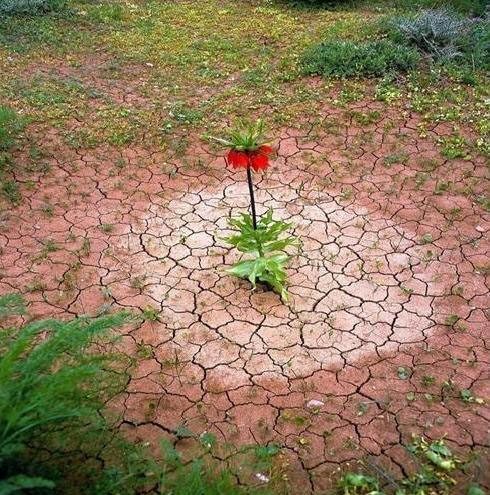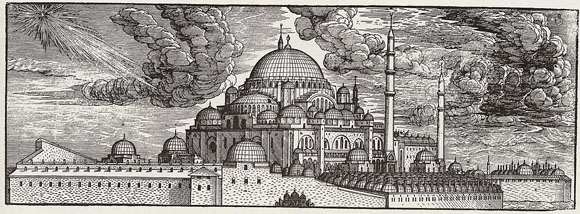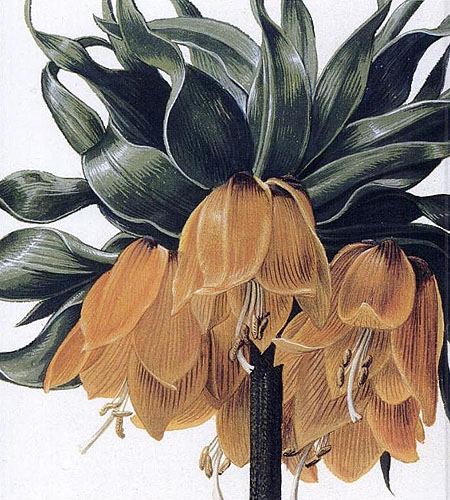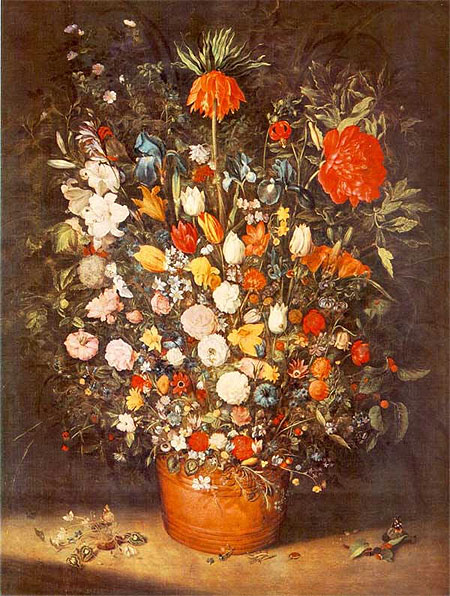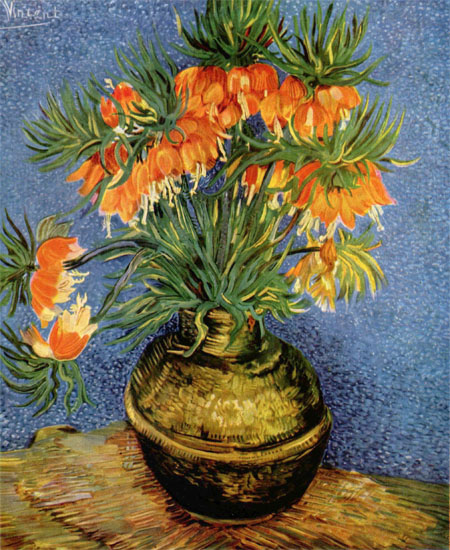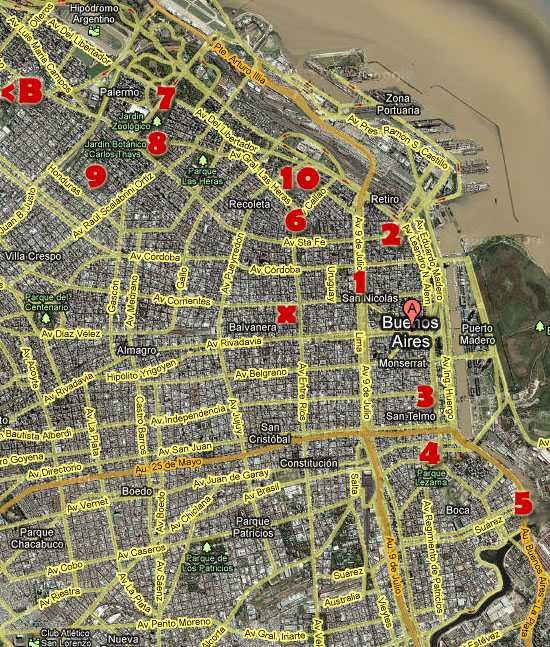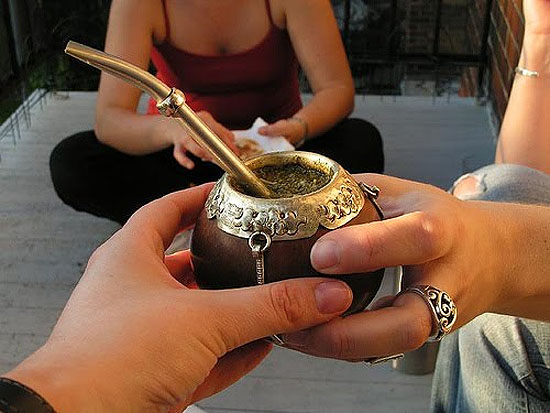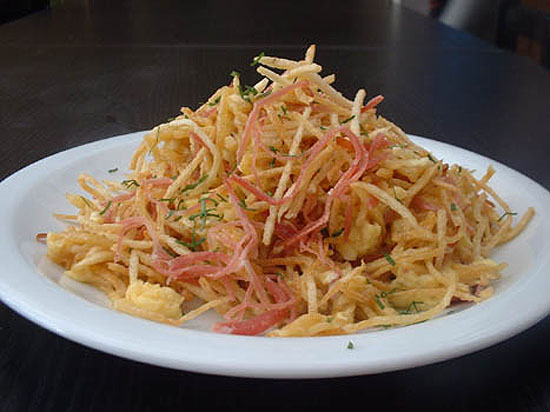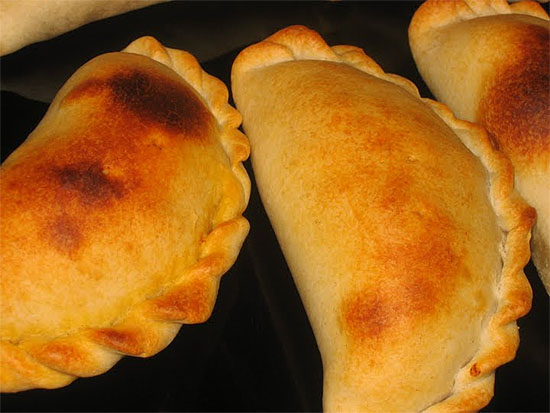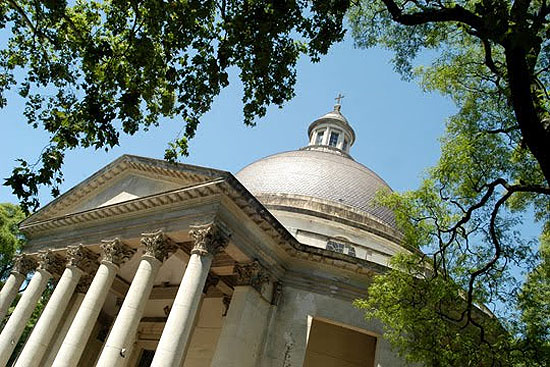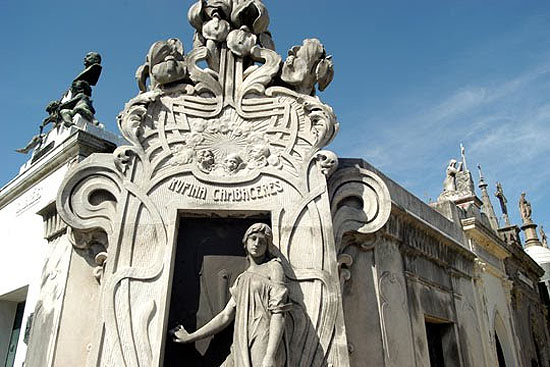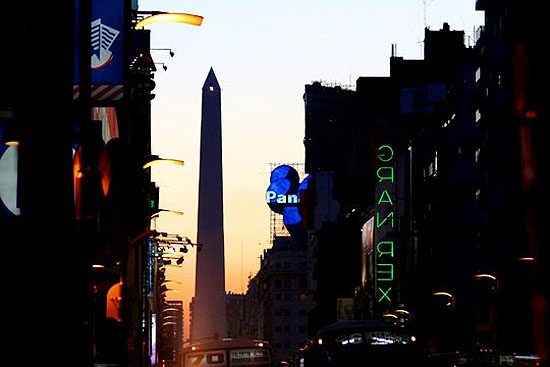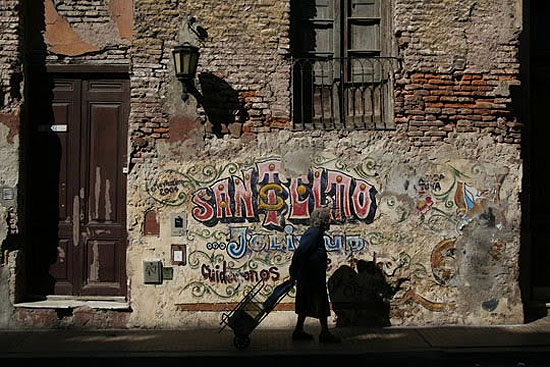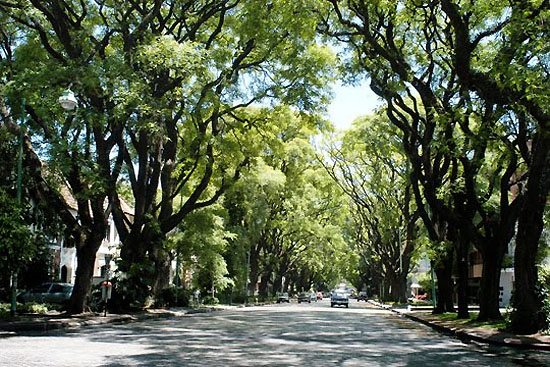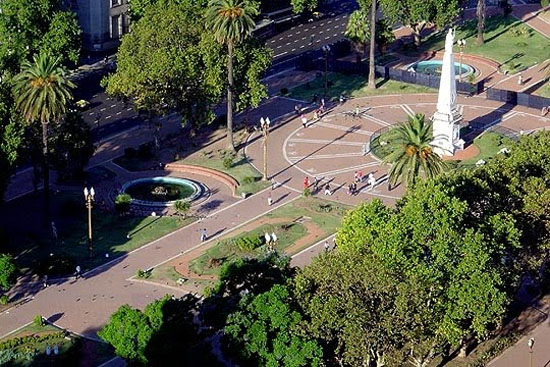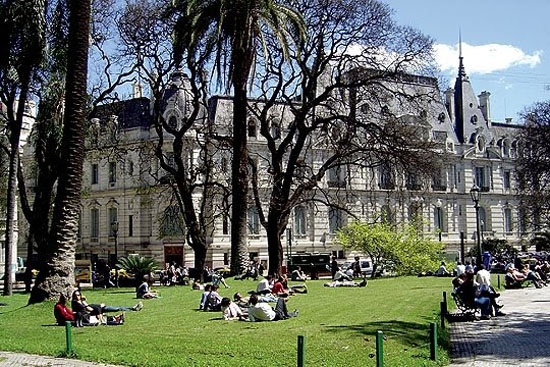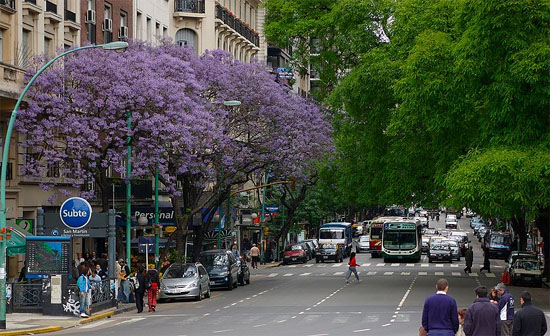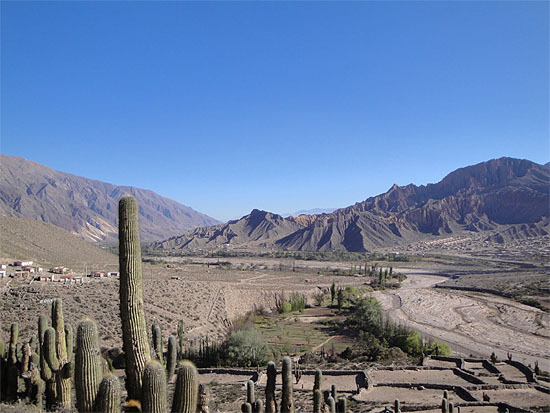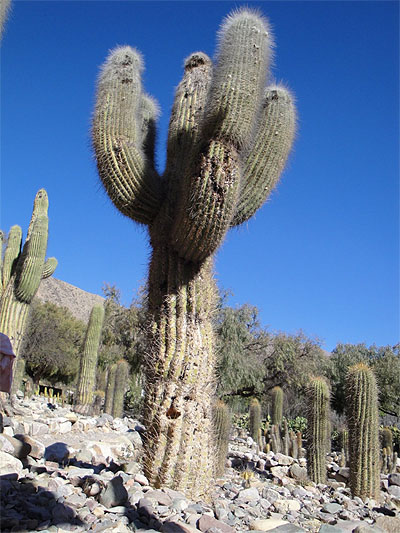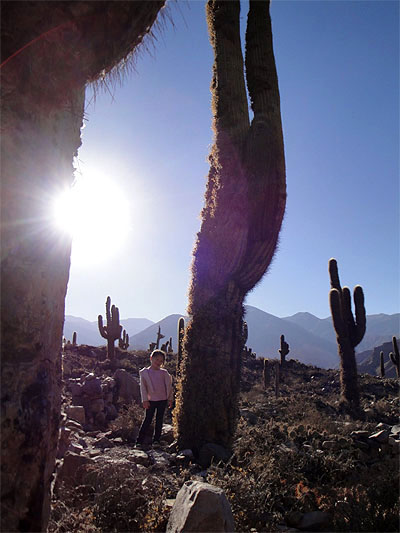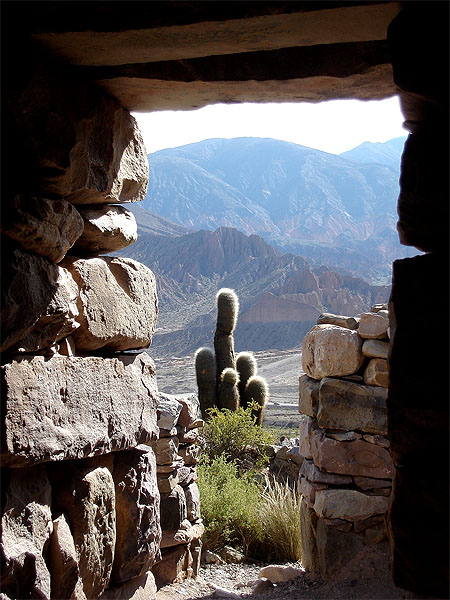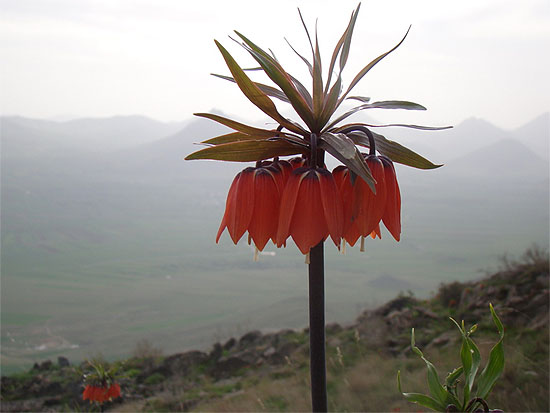
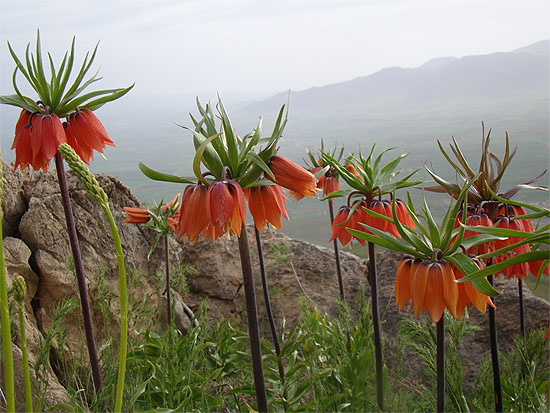
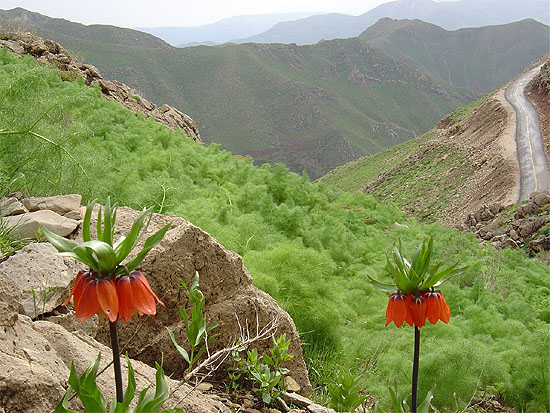
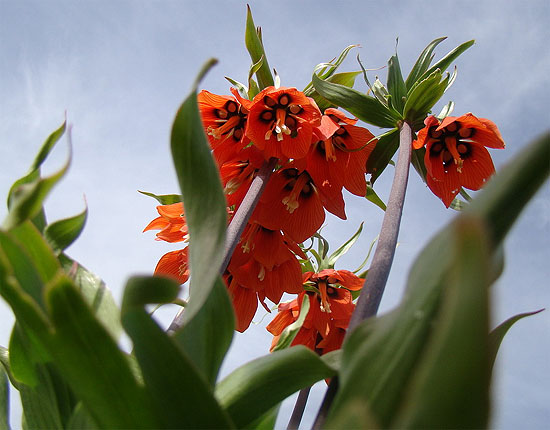
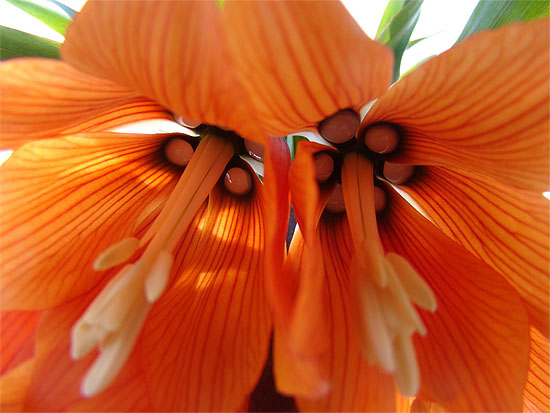
These photos were found on a since then extinct Persian blog. The gorgeous lily is Fritillaria imperialis, in European languages “Imperial crown” (in modern English also “fritillary”), in Persian لاله واژگون lâle-ye vazhgun, that is “inverted lily/tulip” as Persian lâle means both flowers. It grows naturally in the Zagros mountain of Western Iran.
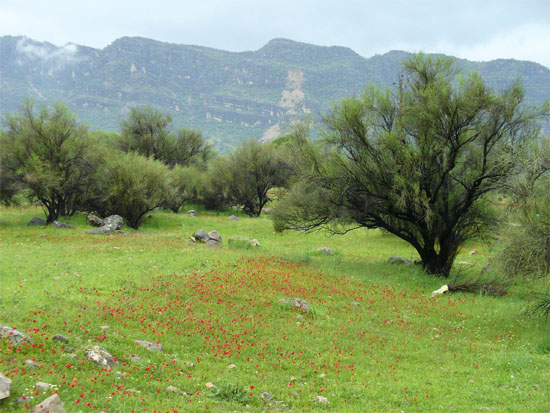
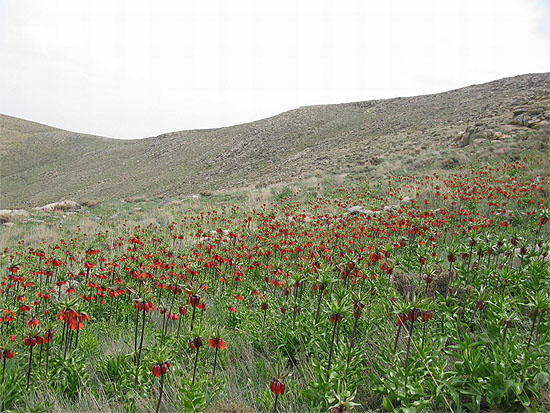
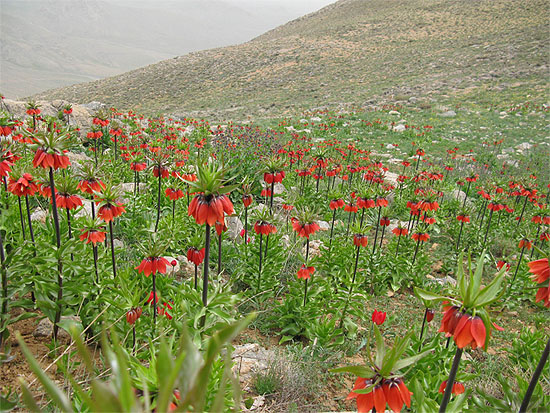
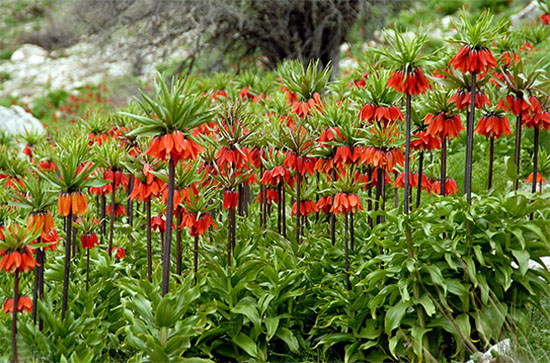
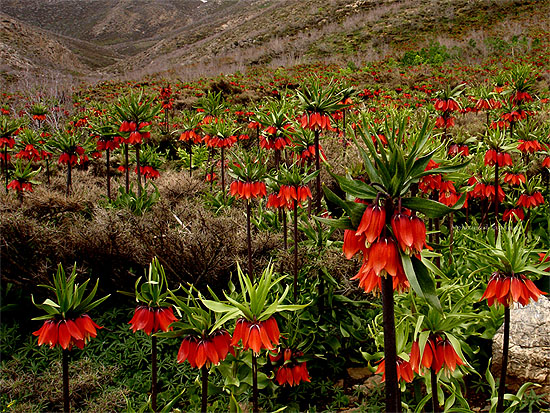
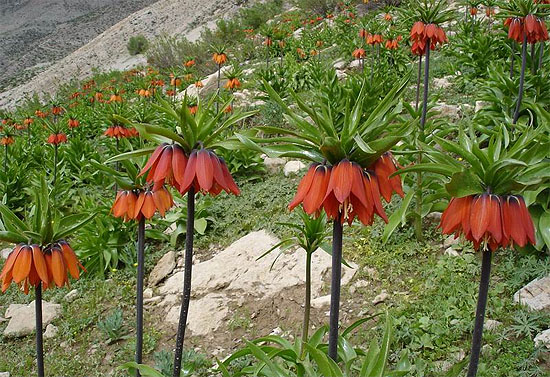
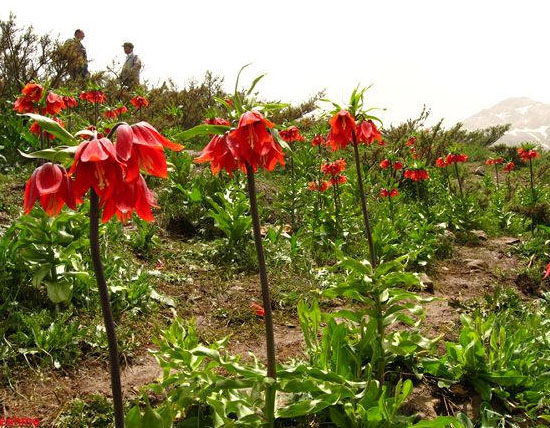
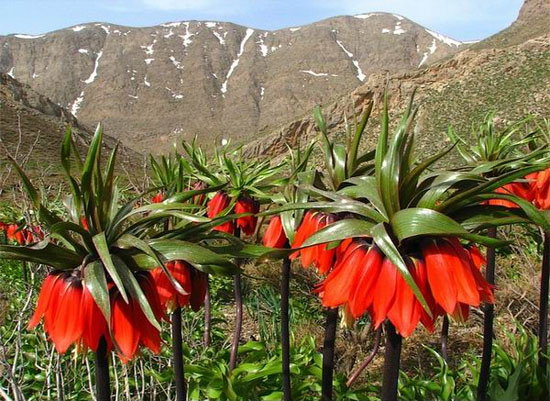
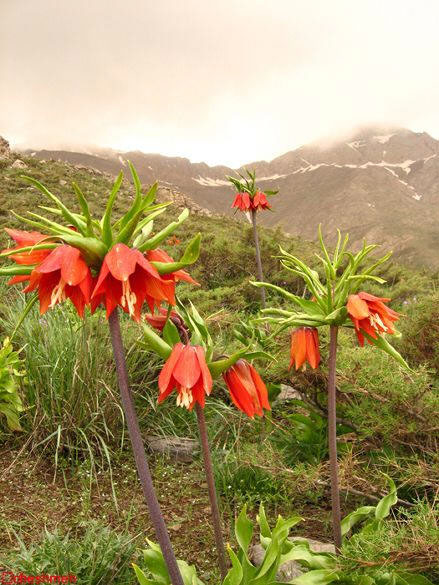
It is a magnificent view when the carpet of flaming red bells sitting on the top of a meter high stem cover the barren hillsides within a couple of days, giving a totally new dimension to the biblical saying: “Consider the lilies of the fields how they grow… not even Solomon in all his glory was arrayed as one of these.” This saying, unexpectedly, also justifies the European name of the flower.
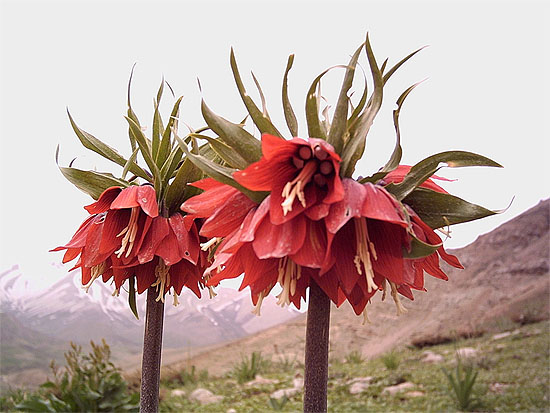
 This flower, suitably to its name, came to the European ornamental gardens through the mediation of two real emperors and two uncrowned kings of Renaissance botany. One of the emperors was Great Suleiman, il Magnifico, as Italian historians and al-Qanuni, the Legislator, as Turkish and Persian chroniclers called him. He complemented and stabilized the conquests of his father and grandfather, and his long reign was the golden age of Ottoman culture. Persian literature and art, including garden art, played a great role in this revival. Bread feeds the body, but flowers feed the soul, goes the saying attributed to Mohamed, and in this spirit Suleyman established in Istanbul the Flower Market which still functions on its original site,
This flower, suitably to its name, came to the European ornamental gardens through the mediation of two real emperors and two uncrowned kings of Renaissance botany. One of the emperors was Great Suleiman, il Magnifico, as Italian historians and al-Qanuni, the Legislator, as Turkish and Persian chroniclers called him. He complemented and stabilized the conquests of his father and grandfather, and his long reign was the golden age of Ottoman culture. Persian literature and art, including garden art, played a great role in this revival. Bread feeds the body, but flowers feed the soul, goes the saying attributed to Mohamed, and in this spirit Suleyman established in Istanbul the Flower Market which still functions on its original site,  in the Eminönü neighborhood, next to the Spice Bazaar, not far from those wonderful fish friers. This market offered for the first time all the flowers of the empire from the Plain of Kosovo to the Armenian highlands and from the shores of Pontus to the deserts of Syria. A dream of all botanists.
in the Eminönü neighborhood, next to the Spice Bazaar, not far from those wonderful fish friers. This market offered for the first time all the flowers of the empire from the Plain of Kosovo to the Armenian highlands and from the shores of Pontus to the deserts of Syria. A dream of all botanists.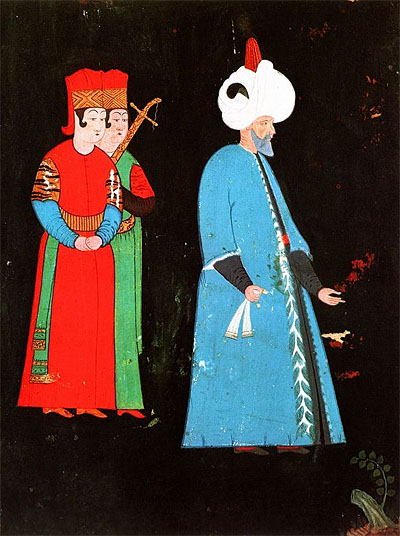 Sultan Suleiman after the Battle of Mohács, Hungary (1526) which opened him the way to Europe (Istanbul, Topkapı Sarayı)
Sultan Suleiman after the Battle of Mohács, Hungary (1526) which opened him the way to Europe (Istanbul, Topkapı Sarayı)And the dream found its botanist. The Flemish Ogier Ghiselin de Busbecq, special envoy of Emperor Ferdinand I had negotiations in Istanbul on the Transylvanian border question both in 1554 and 1556. The delicate negotiations dragged on so that Busbecq had enough time not only to compose his Turkish letters that for the first time described life in Istanbul, but also to collect plants unknown in Europe on the Flower Market. He was the first to send home a number of plants which we already consider as ancient natives of Europe: tulip, horse chestnut, lilac, Syrian rose, mock orange, and of course imperial crown, thus opening the “Oriental period” of European ornamental gardens which lasted until the 1620s.
The addressee of Busbecq’s parcels was another Flemish botanist, the greatest of his age, Carolus Clusius, invited to Vienna in 1573 by the other emperor, Maximilian II precisely on the proposal of Busbecq. Clusius created the first exotic garden of Europe in the imperial court which also gave name to the Imperial crown. Clusius was a great collector of plants himself, the first one to describe the alpine flora of Austria and Western Hungary. He was a friend of Count Boldizsár Batthyány, a mysterious figure of Hungarian Renaissance, who also had exotic flowers, including a “thirty-six-petalled double daffodil” sent from Istanbul through his high-ranking Turkish captives, and whose ornamental garden in the castle of Németújvár (today Güssing) was planned and later often referred to by Clusius himself. The first, lavishly illustrated large manuscript encyclopedia of the mushrooms of Pannonia, published in print only in the 1990s, was compiled by Clusius on Count Batthyány’s estates.
But the specialty of Clusius was the exotic flora coming from Istanbul, primarily tulips, naturalized by him in Europe. Returning to Leiden, he founded the Hortus Academicus, the first European nursery of ornamental plants where he sold the bulbs of his collection for outrageous prices. Embittered local gardeners finally broke into his garden, sampling all his specimens in a professional way. This is how the fashion of tulips began in the Netherlands, leading to the infamous tulip frenzy and the famous tulip still lifes of the next generation. These still lifes are often crowned, indeed, by the Imperial crown, whose impressive dimensions made it a much liked decorative flower of large Baroque spaces. Its Baroque appearance also made it popular in late 19th-century painting.
This flower is also called in Persian لاله اشک lâle-ye ashk, weeping lily. Tradition has it that it was witness to the killing of pre-Islamic Iranian hero Siavush, and it has wept for him ever since with its head turned down. But in the much more popular version of the legend the flower sprouted from the blood of Siavush which had been poured on the barren rocks by command of the tyrant. This is how it is recounted by Ferdowsi in The Book of Kings.
Siavush, the murdered innocent hero – whose figure preserved the traits of the killed Tammuz and prepared the way to the cult of the greatest Shia martyr Husein – is one of the most important Iranian symbols of freedom suppressed but reborn from the blood of the martyrs. The mujaheds rebelling against the Shah sang about Siavush’s blood, and Siavush’s name figures in the title of a key novel of modern Iran, Simin Daneshvar’s Savushun whose plot takes place during the British occupation of 1941, but it has been read with unaltered actuality ever since. The main figure of the novel, Yusof, the young head of an important landowner family in Shiraz is caused to be killed by the British, because he as the organizer of the city’s passive resistance prevents their army from buying up food in the region which would cause famine among peasants. The last phrase of the novel is the message sent to Zari, Yusof’s widow by Yusof’s friend, an Irish poet serving in the British army as an interpreter:
Don’t cry, my sister. In your home a tree will grow, and other trees in your city, and many more ones in the whole country. And the wind will bring messages from tree to tree, and the trees will ask of the wind: “Have you met the dawn on your way?”
And this same lily, the symbol of freedom sprouting from the blood of the martyrs is also sung on the album Lâle-ye bahâr, Spring Lily, recently published in Iran by one of the greatest Iranian singers, Shahram Nazeri.
Shahram Nazeri: Lâle-ye bahâr (Spring Lily), from the album Lâle-ye bahâr (2009). The poem is by the same Malek o-Sho‘arâ Bahâr who is also the author of Dawn bird performed by Shajarian. The music was written and played by the greatest santoor player Parviz Meshkatian who died just a month ago, on September 21 in Tehran.
| لاله خونین کفن از خاک سر آورده برون خاک مستوره قلب بشر آورده برون دل ماتم زده مادر زاری است که مرگ از زمین همره داغ پسر آورده برون | ..... | lâle khunin kafan az khâk sar âvarde borun khâk masture-ye ghalb-e bashar âvarde borun del-e mâtamzade-ye mâdar-e zâri’st ke merg az zamin hamreh-e dagh-e pesar âvarde borun |
| آتشین آه فرو مرده مدفون شده است که زمین از دل خود شعله ور آورده برون راست گویی که زبانهای وطن خواهان است که جفای فلک از پشت سر آورده برون | âtashin âh-e foru morde-ye madfun shode ast ke zamin az del-e khod sho‘le var âvarde borun r’ast guyi ke zabânhâ-ye vatan khâhân ast ke jafâ-ye falak az posht-e sar âvarde borun | |
| یا به تقلید شهیدان ره آزادی طوطی سبز قبا سرخ پر آورده برون یا که بر لوح وطن خامه خونبار بهار نقشی از خون دل رنج بر آورده برون | yâ be taghlid-e shahidân-e rah-e âzâdi tuti-ye sabz ghabâ sorgh par âvarde borun yâ ke bar loh-e vatan khâme-ye khunbâr-e bahâr naghshi az khun-e del-e ranj bar âvarde borun |
the lily brings forth a blood-colored shroud from the earth
the earth uncovers the hidden soul of mankind
the mother’s mournful heart is weeping for the dead
son whose burning heart sprouts from the earth
the buried dead became fire, the blood
of his heart sets ablaze the earth
as if a thousand tongues of the country
announced that the tyranny of fate will be over
as if, similarly to the martyrs of freedom,
he wore a red feather on his parrot-green mantle
as if the burning spring covered the country’s tombstone
with the silk of the blood of tortured hearts
the earth uncovers the hidden soul of mankind
the mother’s mournful heart is weeping for the dead
son whose burning heart sprouts from the earth
the buried dead became fire, the blood
of his heart sets ablaze the earth
as if a thousand tongues of the country
announced that the tyranny of fate will be over
as if, similarly to the martyrs of freedom,
he wore a red feather on his parrot-green mantle
as if the burning spring covered the country’s tombstone
with the silk of the blood of tortured hearts
